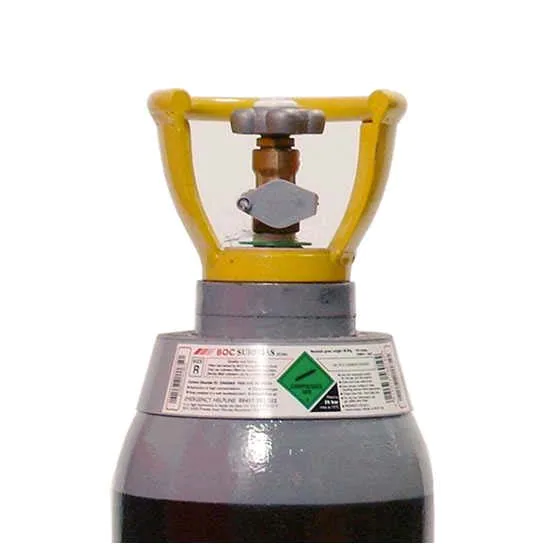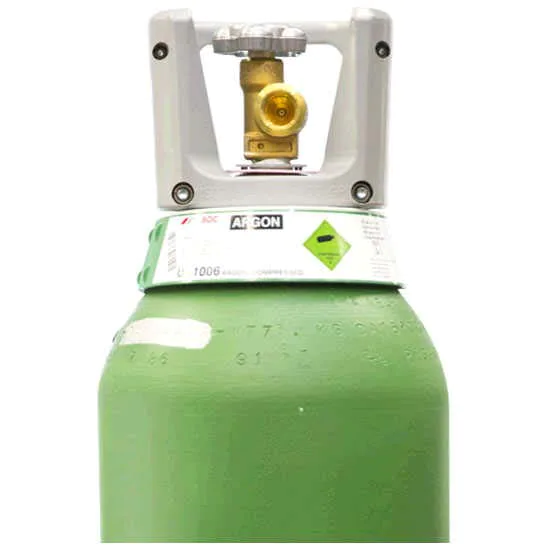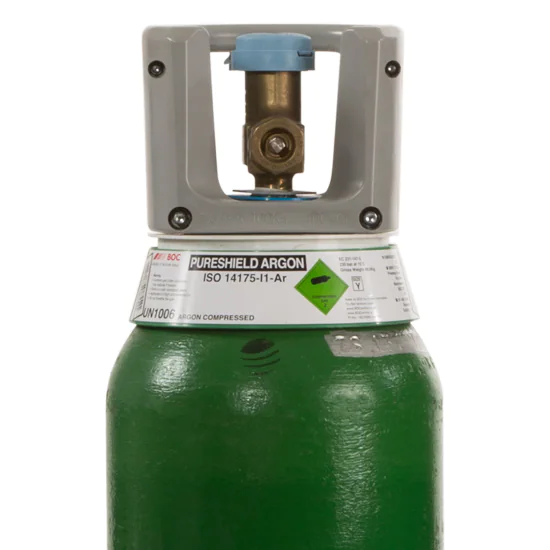$26.98 – $131.05
Key Features:
High concentrations of R744 Carbon Dioxide (CO2) Refrigerant Cylinder may cause asphyxiation. Symptoms may include loss of mobility or consciousness. Victim may not be aware of asphyxiation. Remove victim to uncontaminated area wearing self contained breathing apparatus. Keep victim warm and rested. Call a doctor. Apply artificial respiration if breathing stopped. In high concentrations may cause asphyxiation. Symptoms may include loss of
mobility/consciousness. Victim may not be aware of asphyxiation. Remove victim to uncontaminated area wearing self contained breathing apparatus. Keep victim warm and rested. Call a doctor. Apply artificial respiration if breathing stopped.
Low concentrations of R744 Carbon Dioxide (CO2) Refrigerant Cylinder cause increased respiration and headache.
R744 CO2 Refrigerant Cylinder: Specifications
| Product Code | 165394-W | 161011-V | 160464-W | 159914-V |
|---|---|---|---|---|
| Kg | 34Kg | 7Kg | 34Kg | 7Kg |
| Withdrawal Type | Vapour | Vapour | Liquid | Liquid |
R744 Carbon Dioxide Product identifier
Product name: Carbon dioxide
Trade name: Carbon Dioxide Food Grade, R744, Laserpure, CP Grade
Other Name: Carbon Dioxide (Special Gases)
R744 Carbon Dioxide Additional identification
Chemical name: Carbon dioxide
Chemical formula: CO2
INDEX No. –
CAS-No. 124-38-9
EC No. 204-696-9
REACH Registration No. Listed in Annex IV/V of Regulation (EC) No 1907/2006 (REACH),
exempted from registration.
1.2 Relevant identified uses of the substance or mixture and uses advised against
Identified uses of R744 Carbon Dioxide
Industrial and professional. Perform risk assessment prior to use. Aerosol
propellant. Balance gas for mixtures. Beverage applications. Biocidal uses.
Blanketing gas. Blast cleaning. Calibration gas. Carrier gas. Chemical
synthesis. Combustion, melting and cutting processes. Cooling applications.
Fire suppressant gas. Food freezing. Food packaging gas. Freezing, Cooling
and heat transfer. Inerting gas. Inflation systems. Laboratory use. Laser gas.
Plant growth promoter. Pressure head gas, operational assist gas in pressure
systems. Process gas. Purge gas. Refrigerant. Solvent for extraction. Special
effects (entertainment). Test gas.
Consumer use. Propellant gas. Shielding gas in gas welding.
It is the responsibility of the end user to ensure that the product as supplied is
suitable for its intended use.
Uses advised against
Industrial or technical grade is unsuitable for medical and/or food applications or inhalation.
2.1 Classification of the substance or mixture
Classification according to Regulation (EC) No 1272/2008 as amended.
Physical Hazards
Gases under pressure Liquefied gas H280: Contains gas under pressure; may explode if
heated.
2.2 Label Elements
Signal Word: Warning
Hazard Statement(s): H280: Contains gas under pressure; may explode if heated.
Precautionary Statements
General None.
Prevention: None.
Response: None.
Storage: P403: Store in a well-ventilated place.
Disposal None.
Supplemental information: EIGA-As: Asphyxiant in high concentrations.
2.3 Other hazards
Contact with evaporating liquid may cause frostbite or freezing of skin.
3.1 Substances
Chemical name Carbon dioxide
INDEX No.: –
CAS-No.: 124-38-9
EC No.: 204-696-9
REACH Registration No.: Listed in Annex IV/V of Regulation (EC) No 1907/2006 (REACH), exempted from
registration.
Purity: 100%
The purity of the substance in this section is used for classification only, and does
not represent the actual purity of the substance as supplied, for which other
documentation should be consulted.
Trade name: Carbon Dioxide Food Grade, R744, Laserpure, CP Grade
Chemical name: Carbon dioxide
Chemical formula: CO2
Concentration: 100%
CAS-No.: 124-38-9
REACH Registration No: Listed in Annex IV/V of Regulation (EC) No 1907/2006 (REACH), exempted from registration
M-Factor: n/a
The concentrations of the components in the SDS header, product name on page one and in section 3.2 are in mol due to regulatory requirements. All
concentrations are nominal.
# This substance has workplace exposure limit(s).
PBT: persistent, bioaccumulative and toxic substance.
vPvB: very persistent and very bioaccumulative substance.
Before using this product in any new process or experiment, a thorough material
compatibility and safety study should be carried out. Ensure adequate air ventilation.
Ensure all national/local regulations are observed. Whilst proper care has been
taken in the preparation of this document, no liability for injury or damage resulting
from its use can be accepted. Note: When the Product Name appears in the SDS
header the decimal sign and its position comply with rules for the structure and
drafting of international standards, and is a comma on the line. As an example 2,000
is two (to three decimal places) and not two thousand, whilst 1.000 is one thousand
and not one (to three decimal places).
| Cylinder Size | V (7Kg), W (34Kg) |
|---|---|
| Withdrawal Type | Liquid, Vapour |
Be the first to review “R744 Carbon Dioxide (CO2) Refrigerant Cylinder” Cancel reply
Related products
Carbon Dioxide
Carbon Dioxide
Carbon Dioxide














Reviews
There are no reviews yet.